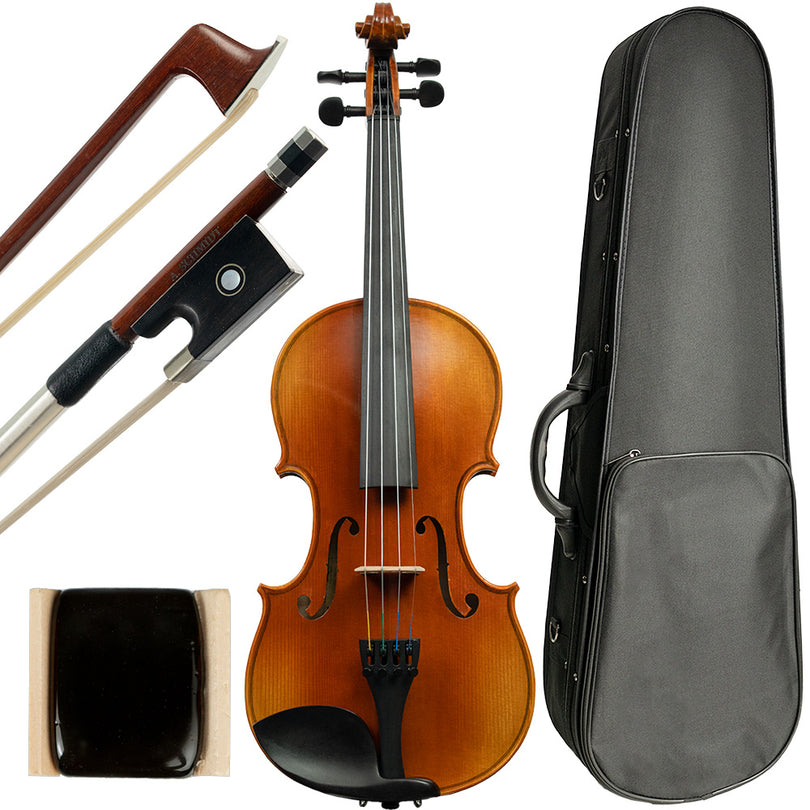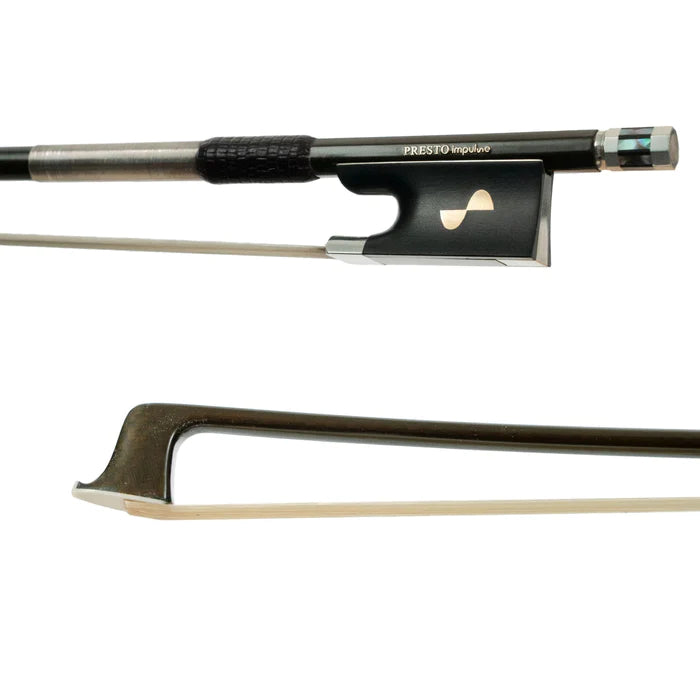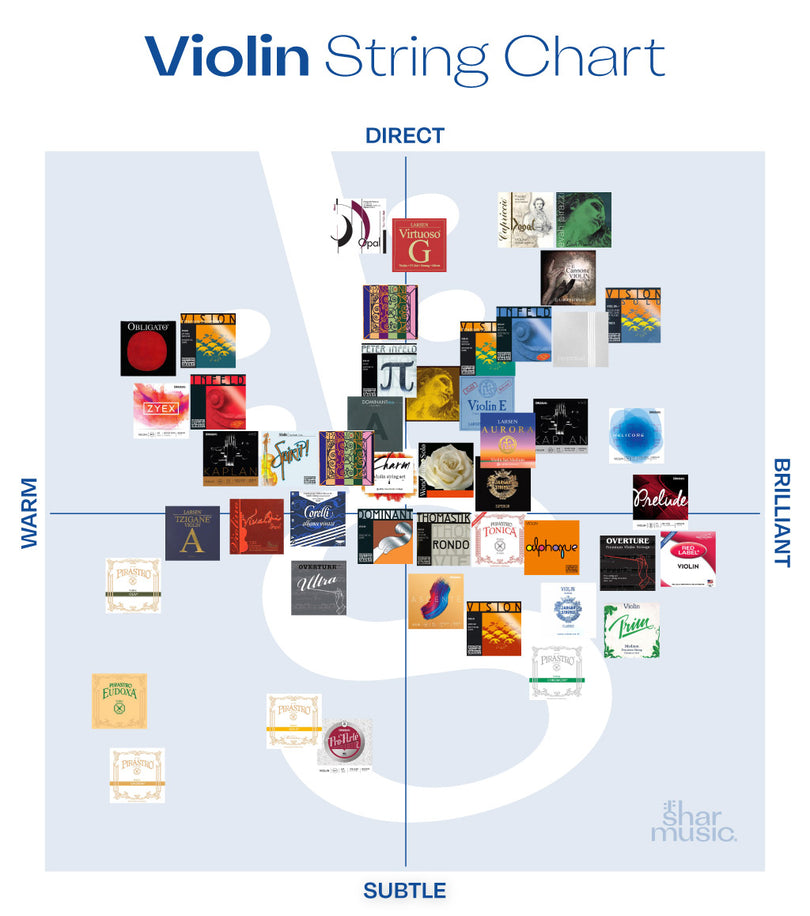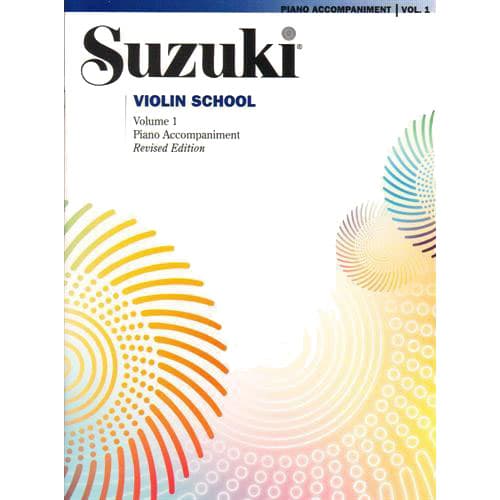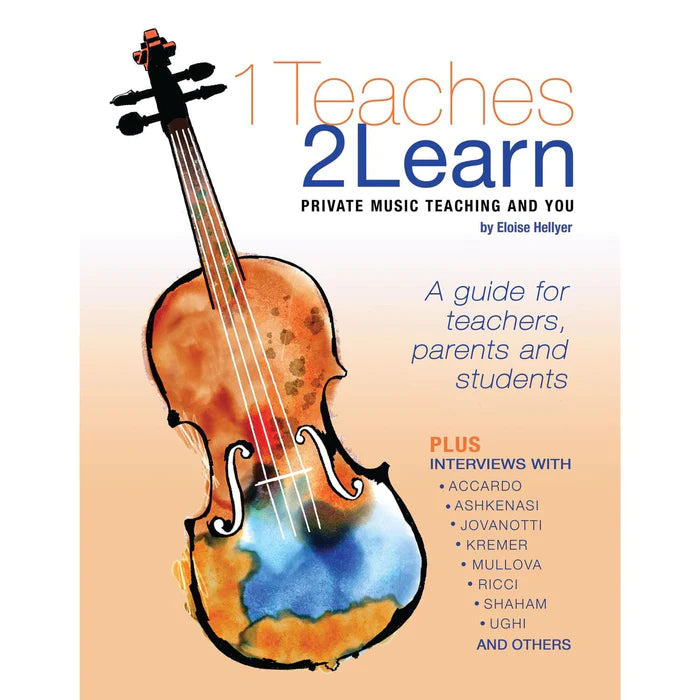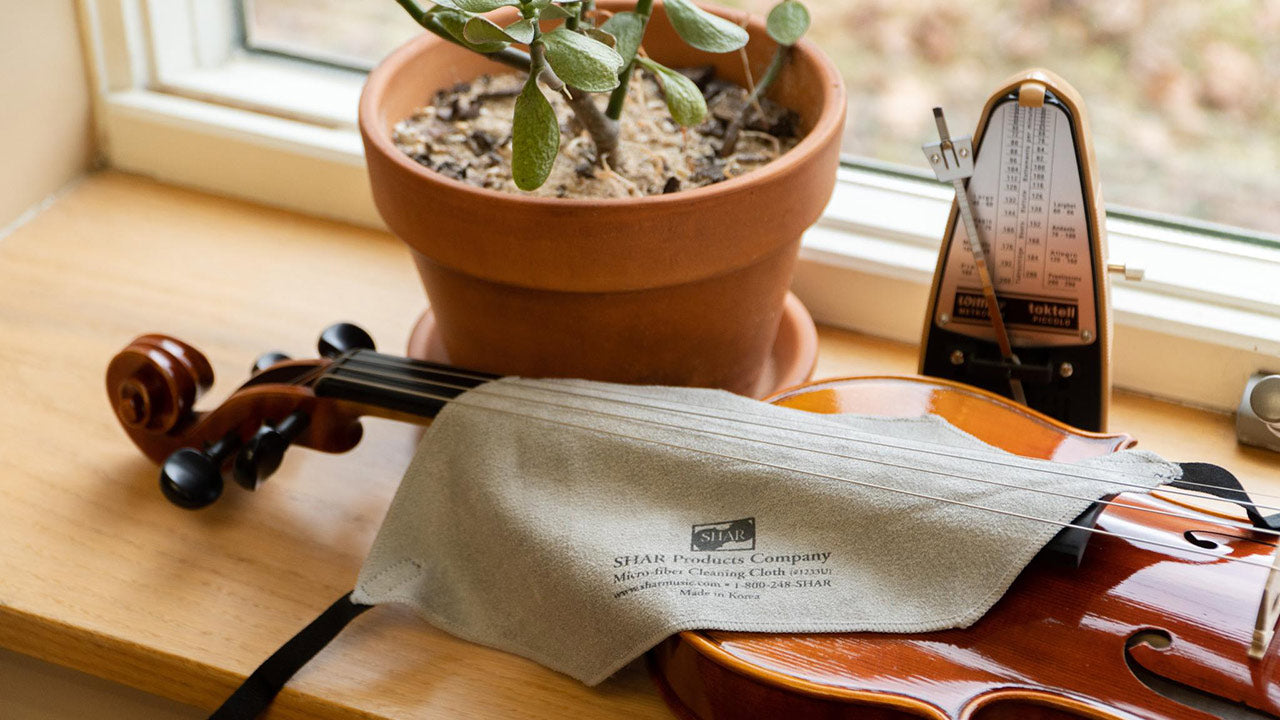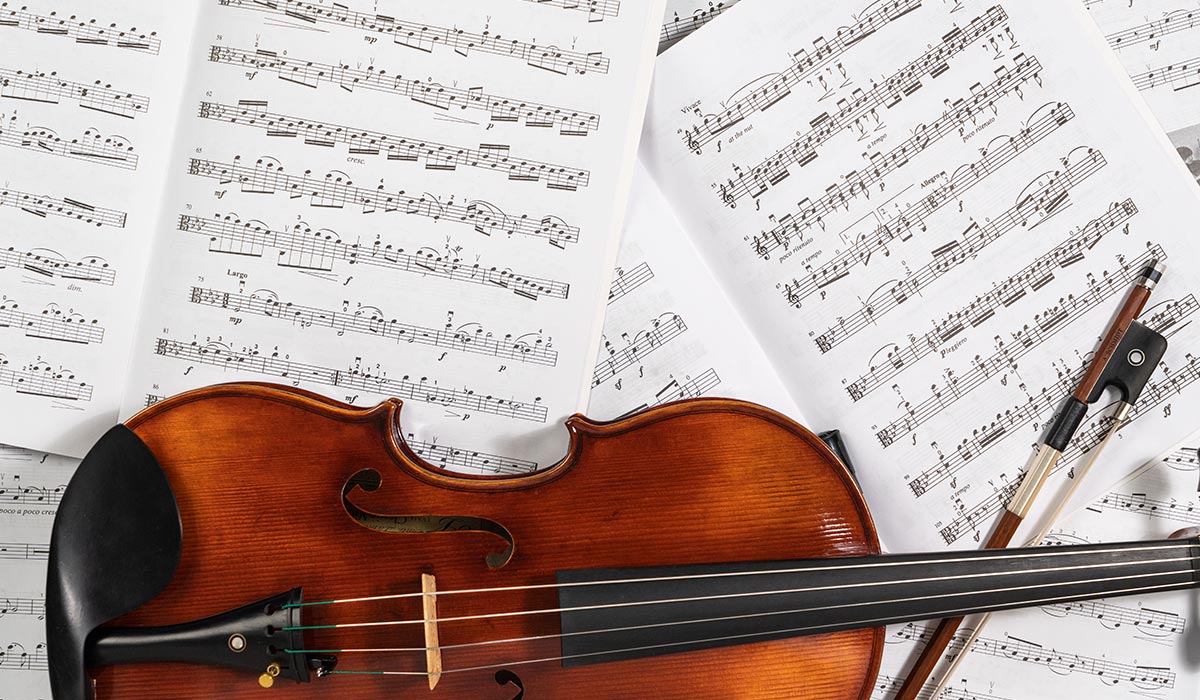Picture this: you are a wedding guest, wearing something fancy and sitting in a church pew, or in a chair placed over a freshly manicured lawn, or maybe you’re standing in a renovated barn under twinkle lights. Whatever the case may be, you're probably chatting quietly with others while watching a very nervous groom at the front of the group, waiting for the bride. Then, you hear a lovely swell of music from a solo violinist, and you know the bride has finally made her entrance—she looks radiant, and the sweet violin notes only enhance the excitement and love on her face. How many weddings have you been to where this moment has been flawlessly executed by a violinist, harpist, cellist, guitarist, or even a quartet? Have you ever wondered what playing a wedding is like for the musicians themselves? In this article, we interviewed a few gigging musicians on their experiences to give you a behind-the-scenes look at Wedding Season.
A Music Binder to Rule Them All: Gigging Before Digital Sheet
For many string musicians, playing only one wedding a season is rare. In fact, it is completely normal for musicians to perform at several weddings in one weekend, depending on their schedule and the time of year. For peak Wedding Season (usually between May and July) many string players find themselves gigging for two to three weddings in a day. One of the musicians I spoke with described how complicated this can get, especially when it comes to deciding a repertoire. Many companies have musicians that work for them via contract and provide music for them to take to the weddings without having to worry about sourcing it themselves. However, this can lead to its own set of issues.
One violinist described working for a company that essentially had a music coordination team— “runners” would be sent to the homes of one of the musicians in a quartet, thus providing the musicians with large, oversized binders full of sheet music containing the most popular and oft-requested songs. This allowed a quartet to go straight to a wedding venue and set up immediately (they just had to make sure they brought a sturdy stand to hold that giant binder!). The violinist I spoke with also detailed what was essentially a binder disaster—weaker stands breaking under the weight, loose leaf pages fluttering across the floor, and sheet music lost to the wind. Which is to say, traveling with pins to keep music in place is a must, as well as a music stand that also comes with an unobtrusive traveling case or bag.
Each of these tome-sized binders would contain entire selections of music in the form of a large playlist for the wedding day. Usually, this selection is determined by the bride and groom beforehand, with different pieces of music played while guests are waiting at the venue: when the first processional begins, the grand entrance of the bride, the Just-Married announcement, the second processional, and finally, music for cocktail hour. Again, the binders seem like a great method for the madness of wedding day prep, but there is always the risk of lost pieces of sheet music. A cellist told a story in which she arrived at a church to set up for her solo, only to find that the piece she was going to play had disappeared from the binder, torn from the three rings long before she had even opened it. Luckily, she knew the piece well enough she was able to play without accompaniment! The binder method was the norm for many gigging companies before the iPad took off as a great sheet music alternative, and it’s safe to say many string players are happy with this change, considering an iPad stand is much less obtrusive and a lot easier to maneuver.
Playing Meteorologist
The bride might spend the week of the wedding monitoring the weather for the Big Day, but she isn’t the only one—weather plays a huge role in how string instruments perform, and many violinists and cellists cannot play a wedding if it rains, period. This can be avoided with a built-in plan for a rain delay and moving the ceremony indoors. Most companies that hire string musicians also have a union or contract-based policy that requires players to be protected from both rain and direct sunlight. A bride and groom may be surprised to have their musicians say, “per our contract, we have to be sitting in the shade out here.” But it makes sense—rosins, strings, and the wood of the instruments themselves are highly susceptible to heat, humidity, and cold, and many factors can contribute to breakage, warping, or some other type of damage. It’s necessary to consider whether a venue will be able to meet the contractual requirements for you as a musician before you take the job; sometimes bringing a personal heater to a colder event may not be something you have to worry about personally, especially if your contract stipulates you must be provided with the appropriate workplace environment.
The cold and heat are not the only factors for determining a musician’s experience at a wedding: dress code is a key aspect of performance, particularly at a wedding ceremony and/or reception. Black clothes are a must, as they help the musician keep a low profile. The focus at a wedding must be on the married couple, after all. For a summer event: black slacks, skirts, dresses, and tees with a pair of sunglasses are perfect. For the fall or winter: turtleneck sweater, blazer, slacks, fingerless gloves, and boots. In addition, the bride and groom’s own personal sense of style can also determine the way a player dresses.
A Black-tie event, regardless of indoor or outdoor setting, will require everyone to dress formally. A garden party event may be more relaxed but still have an air of formality. A back yard or barn vibe may be super casual and call for upbeat fiddle tunes. Aesthetics, optics, and social etiquette are important components of a wedding, since a musician must practice their utmost politeness while also conforming to the expectations of the bride and groom. This is especially important if you find yourself providing the musical motif for the whole event itself—confidence and social grace is crucial.
Go Big, But Go Hungry?
One violinist described to me the perils of playing many weddings in a weekend: “It’s a rare thing for vendors to collaborate with you. Most of the time, you’re on your own to scrounge for food.” While not an issue everywhere, feeding vendors can sometimes be something that slips through the cracks when it comes to wedding planning. Sourcing food and drink for musicians isn’t always a contractual obligation, though perhaps it should be, depending on how long the musician is going to work. Most unions and companies will include required breaktimes for their musicians if they work a certain number of hours, but that doesn’t always stipulate a full course meal as well. Regardless of industry standards, it’s important to consider how you’ll be snacking or hydrating during a busy wedding season. A light travel bag or a sturdy instrument case will be a great way store your accessories and a few snacks to keep you going between gigs!
Does anything ring true for you here? Have we missed out on any not-so-obvious aspects of Wedding Season? Leave a comment below to share your story with us and stay tuned for more related content. Also, don't forget to check out our wide range of string instrument accessories to last you through the season of romance and beyond.

